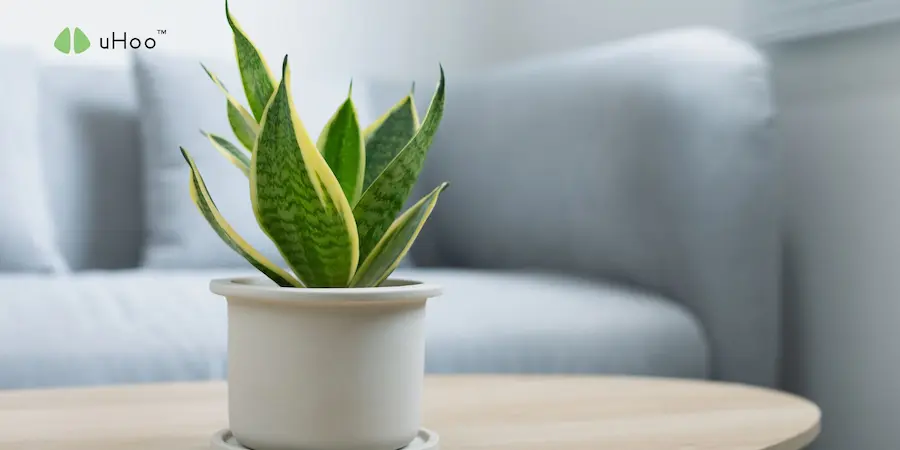In the quest for healthy buildings, the first and most critical step is to decode the invisible language of your indoor air. After all, you can’t manage what you can’t measure. Understanding the specific pollutants present, their sources, and their fluctuations provides the essential blueprint for creating and maintaining truly healthy, high-performing spaces.
Here’s how decoding your indoor air lays the foundation for healthy buildings:
- Unveiling Hidden Threats: Your indoor air is a complex mix. A comprehensive air quality monitor, such as uHoo, acts as your decoder, revealing the presence and levels of invisible pollutants like:
- PM2.5 & PM10: Tiny particles from cooking, dust, outdoor traffic, and combustion (like candles). High levels can irritate lungs and impact cardiovascular health.
- Volatile Organic Compounds (VOCs): Chemical gases off-gassing from paints, furniture, cleaning products, and air fresheners. Can cause headaches, dizziness, and long-term health effects.
- Carbon Dioxide (CO2): A byproduct of human respiration. High levels indicate poor ventilation and can lead to drowsiness and reduced cognitive function.
- Humidity & Temperature: Crucial factors for comfort, and also indicators of potential mold growth (if humidity is too high) or dry air issues (if too low).
- Carbon Monoxide (CO), Nitrogen Dioxide (NO2), Ozone (O3): Dangerous gases from combustion appliances or outdoor sources that can infiltrate indoors.
- Pinpointing Sources with Precision: Decoding your air isn’t just about identifying pollutants. It’s about tracing their origins. uHoo’s real-time data allows you to observe spikes when certain activities occur (e.g., cooking, cleaning, opening windows during peak traffic, bringing in new furniture). This precision helps you address problems at their source, rather than just treating symptoms.
- Informing Targeted Interventions: Once you have the blueprint, you can implement precise solutions.
- Ventilation: High CO2 or VOCs signal a need for more fresh air.
- Filtration: High PM2.5 suggests the need for better HVAC filters or air purifiers.
- Source Removal: Identifying VOC sources allows you to choose low-emission products.
- Humidity Control: High humidity readings prompt the use of dehumidifiers or better ventilation to prevent mold.
- Verifying Effectiveness: The decoding process isn’t a one-time event. Continual monitoring (as provided by uHoo) allows you to see if your interventions are working. Did that new air purifier reduce PM2.5? Did opening the windows effectively lower CO2? This data-driven feedback confirms you’re creating truly healthy buildings.
- Driving Proactive Management: Armed with a clear understanding of your indoor air, you can move from reactive problem-solving to proactive management. This foresight helps maintain healthy buildings, anticipating issues and ensuring consistent well-being for all occupants.
Decoding your indoor air with a smart monitor like uHoo is the indispensable first step. It provides the actionable intelligence needed to design, operate, and transform any space into a truly healthy building, where clean air is a guaranteed foundation.



